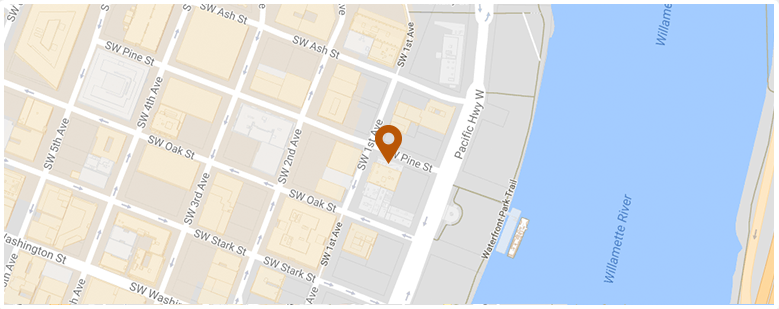Drivers not obeying traffic signals is a problem nationwide. According to the Insurance Institute for Highway Safety (IIHS), 1.149 people died in crashes where someone ran a red light in 2022. Even when the results are not fatal, these accidents often cause massive or catastrophic injuries to people who were driving safely when they were hit. While suing someone who ran a red light and hurt you might seem simple, these cases usually are complex and nuanced, which is why you should contact an experienced Oregon auto accident lawyer if you’ve been injured by one of these drivers.
A crash from Roseburg is a recent example of how serious running red lights can be. According to a report from KQEN news radio, a 20-year-old man in a Ford F550 pickup truck was heading “eastbound on Oak Street through a red light” when a 69-year-old man in a Toyota Prius struck the side of the truck.
The driver of the Prius died at the scene.
According to a study by the American Automobile Foundation from a few years ago, the incidence of fatalities in red-light-running crashes is higher in Oregon (1.7 per million) than in either Washington (1.2) or Idaho (0.7). Additionally, the study found that drivers running red lights in Oregon posed an especially high danger to bicyclists and pedestrians. Those two groups comprised 12.9% of all people killed by drivers who ran red lights, which was the third-highest rate in the country.
 Oregon Injury Lawyer Blog
Oregon Injury Lawyer Blog


